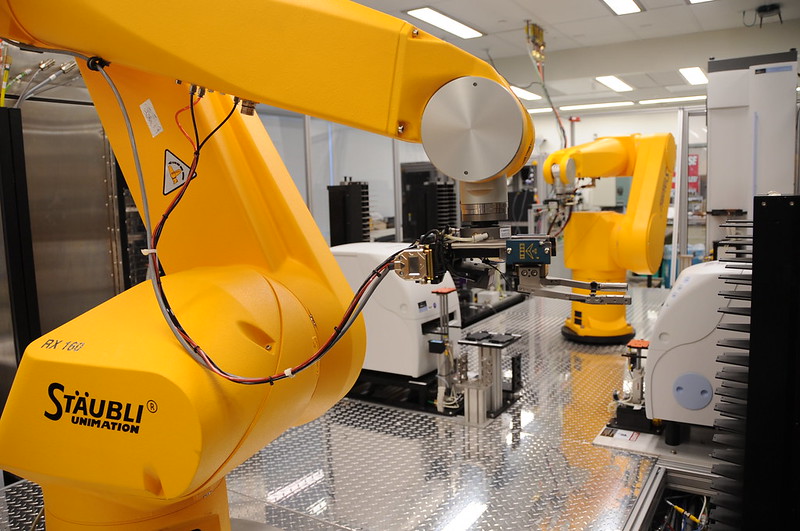NIH: IMPROVING HEALTH OUTCOMES & GENERATING BREAKTHROUGHS
- In 2025, the first patient (a 9½ month old baby boy) was treated with the personalized therapy using the gene editing tool CRISPR. The patient was born with a rare genetic disease of CPS1 deficiency that makes it impossible to remove ammonia from the body, causing toxicity. The patient received personalized treatment to fix an error in their genetic code. This seeming miracle worked, and this procedure holds promise for others afflicted by rare genetic diseases.
- The American Cancer Society estimates that nearly 4.5 million lives were saved from 1991—2022 as a result of improvements in cancer treatment, detection, and prevention, many of which were funded and driven by NIH, resulting in a 34 percent drop in the cancer death rate since 1991.
- NIH research has been at the forefront of groundbreaking medical treatments for stroke, including the first approved drug to treat ischemic stroke.
- NIH-funded research has improved understanding of the causes, prevention, and treatment of heart disease, including identification of multiple risk factors, and reduced death rates from coronary heart disease by 71 percent.
- New cases of diagnosed diabetes (type 1 and type 2 combined) in the U.S. decreased by 35 percent between 2009 and 2017. This decline is due in part to NIH-supported research on diabetes prevention and treatment, such as work through the Special Diabetes Program.
- NIH scientists have played a major role in working to address the national opioid crisis by working to develop safe, effective medicines for chronic pain, create a vaccine to protect against opioid misuse, and improve overdose prevention and reversal interventions.
- Since the mid-1990s, NIH research has driven HIV testing and preventive interventions, resulting in a more than 90 percent decrease in the number of children perinatally infected with HIV.
Learn more about NIH’s research highlights from 2024:




